
By Jess Gardner
Environmental Education Outreach Content Editor
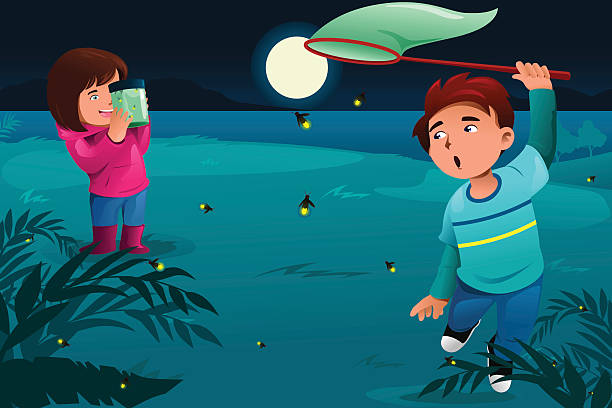 One of the best parts of summer is the warm, inviting nights in which the humidity becomes bearable and the fireflies reveal themselves. I can remember being a child and running barefoot in the grass in order to catch a firefly and then watching, in awe, as it lit up in my hand. For those of you living in or visiting coastal Sussex County, you may have even witnessed the magical double green flash of the Bethany Beach Firefly.
One of the best parts of summer is the warm, inviting nights in which the humidity becomes bearable and the fireflies reveal themselves. I can remember being a child and running barefoot in the grass in order to catch a firefly and then watching, in awe, as it lit up in my hand. For those of you living in or visiting coastal Sussex County, you may have even witnessed the magical double green flash of the Bethany Beach Firefly.
 The species was first discovered in the 1950s by Frank McDermott (left). McDermott named the species Photuris Bethaniensis due to its proximity to Bethany Beach, Delaware.
The species was first discovered in the 1950s by Frank McDermott (left). McDermott named the species Photuris Bethaniensis due to its proximity to Bethany Beach, Delaware.
 However, the fireflies would not be officially recorded again until the late 1990s when Dr. Christospher Heckscher (right) rediscovered them while working as a zoologist with the Delaware Division of Fish and Wildlife. One of Hecksher’s responsibilities in this position was to create a database on rare Delaware species.
However, the fireflies would not be officially recorded again until the late 1990s when Dr. Christospher Heckscher (right) rediscovered them while working as a zoologist with the Delaware Division of Fish and Wildlife. One of Hecksher’s responsibilities in this position was to create a database on rare Delaware species.
“I really wanted to relocate this thing to see if it was still present down near Bethany beach. And, coincidentally, the Canon Corporation came out with a grant program for missing species so they were providing funding to states for folks like myself to apply for funding to look for what they call missing species that hadn't been seen in many decades. So I jumped on that opportunity and wrote a grant to search for the Bethany Beach Firefly,” Heckscher stated in an interview.
Heckscher was able to locate and rediscover the species by connecting the rare Bethany Beach Firefly to its rare habitat: freshwater interdunal swales. These habitats form when rain falls into a swale, or shallow depression between two sand dunes, and over time plants grow in the area and organic material builds up. In his 2004 research paper, Hecksher links the Bethany Beach Fireflies to older freshwater interdunal swale habitats where there is enough organic material built up to support the growth of shrubs such as the Southern Wax Myrtle.
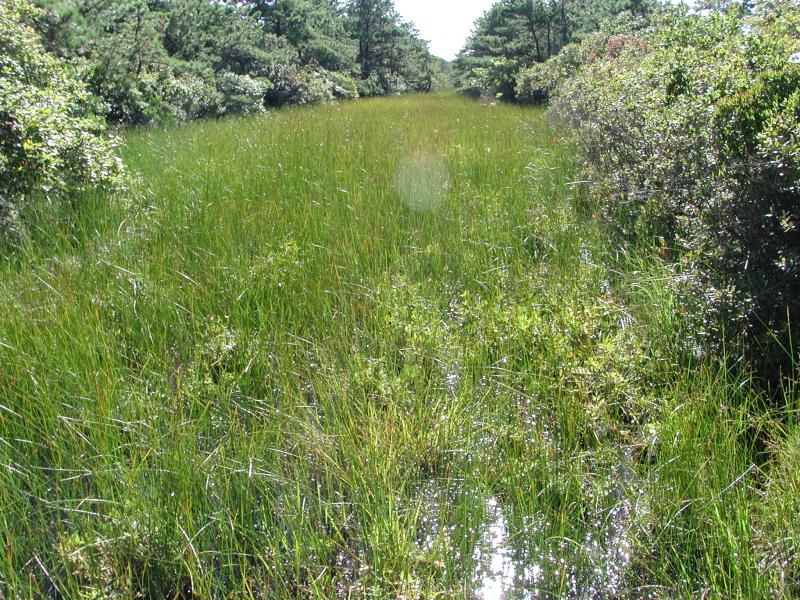 Freshwater interdunal swale habitats (right), and especially older freshwater interdunal swales, are rare because many of these interdunal habitats have salty waters since they are located very close to the ocean. Because these habitats are so rare, the Bethany Beach Firefly will always have a smaller population when compared to other firefly species. However, the rarity of their habitat becomes a problem when human development is considered.
Freshwater interdunal swale habitats (right), and especially older freshwater interdunal swales, are rare because many of these interdunal habitats have salty waters since they are located very close to the ocean. Because these habitats are so rare, the Bethany Beach Firefly will always have a smaller population when compared to other firefly species. However, the rarity of their habitat becomes a problem when human development is considered.
Human development has led to the destruction and degradation of many freshwater interdunal swale habitats in Sussex County. There has been a huge loss of an already rare habitat since any freshwater interdunal swales on private lands have been developed and destroyed. Currently, the only remaining sites for Bethany Beach Fireflies in Delaware are protected lands in the state parks. Within the state parks, Bethany Beach Firefly habitats still face degradation due to light pollution, human interference with sand dunes, rising sea levels, and the introduction of invasive species.
In order to assess the impact of habitat degradation on the Bethany Beach Fireflies and other fireflies in North America, Xerces Society Firefly Specialist Candance Fallon assessed the risk of all known North American firefly species based on the IUCN (International Union for Conservation of Nature) Red List categories. Fallon’s results were disheartening.
“When we did do these IUCN Red List assessments, this [the Bethany Beach Firefly] came out as the most at risk firefly. It was the only one that was assessed as critically endangered in the IUCN categories.”
After learning about their critically endangered status, Fallon and the Xerces Society collaborated with the Center for Biological Diversity in order to submit a petition for the Bethany Beach Firefly to be listed as protected under the Endangered Species Act. Having the firefly listed as Federally Endangered would give conservation efforts more authority and more funding, in order to implement conservation plans. However, getting a federal listing is a slow process and the petition, which was created in May 2019, will be under review until 2024.
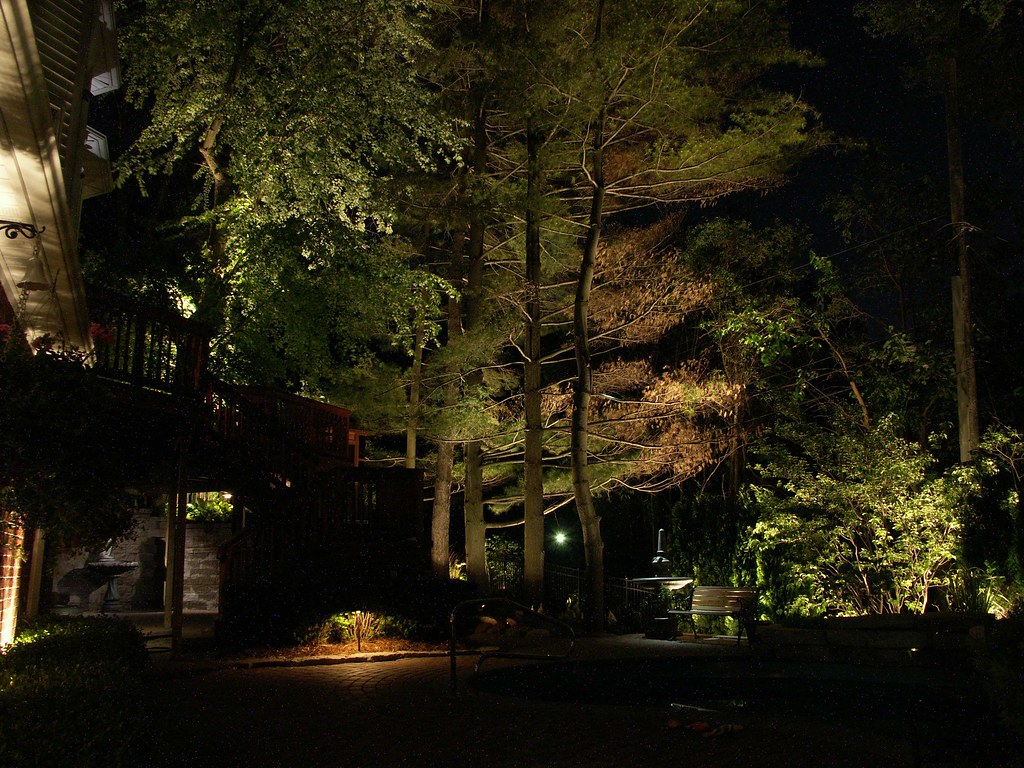 There are also many things that can be done at the local level in order to protect the Bethany Beach Fireflies. People with property in coastal Sussex County can protect the fireflies by turning off their porch lights when they are not in use or setting outdoor lights on a timer, which can reduce light pollution. Light pollution is an especially important issue in firefly conservation because the night lights interfere with the firefly’s ability to use their bioluminescent lights to communicate with each other.
There are also many things that can be done at the local level in order to protect the Bethany Beach Fireflies. People with property in coastal Sussex County can protect the fireflies by turning off their porch lights when they are not in use or setting outdoor lights on a timer, which can reduce light pollution. Light pollution is an especially important issue in firefly conservation because the night lights interfere with the firefly’s ability to use their bioluminescent lights to communicate with each other.
Another thing people can do is stay on the trail in state parks. Going off the state park trails could lead to visitors trampling on freshwater interdunal swale habitat, crushing firefly eggs and larvae. Delawareans can also protect the Bethany Beach Firefly by encouraging Delaware policymakers to improve our endangered state species and wetlands protection policy. Lastly, people can help researchers with population tracking by recording sightings of the firefly through the iNaturalist app or Xerces Society Firefly Atlas.
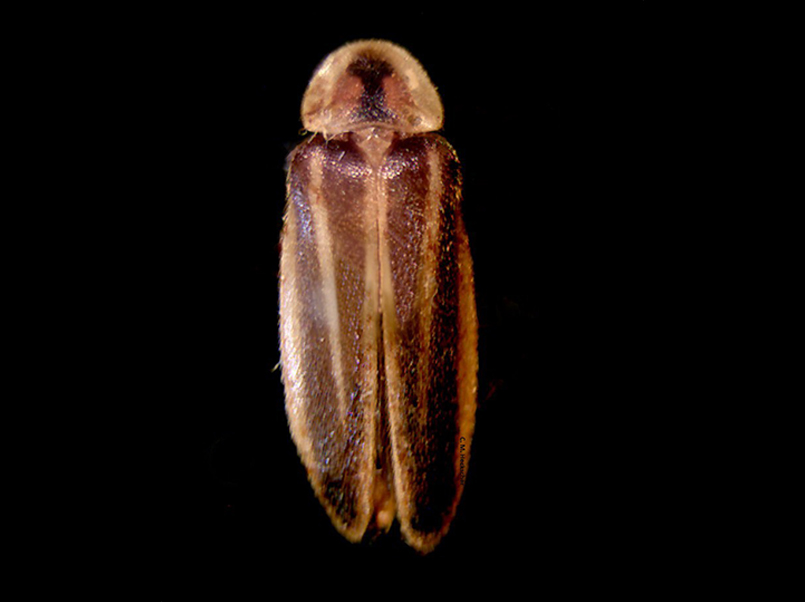 Bethany Beach fireflies (right) emerge in June and July and can easily be recognized by their double green flash that they use to communicate with members of their species. If you are lucky enough to spot one, take its picture and upload it to the aforementioned resources, in order to provide more data on the species.
Bethany Beach fireflies (right) emerge in June and July and can easily be recognized by their double green flash that they use to communicate with members of their species. If you are lucky enough to spot one, take its picture and upload it to the aforementioned resources, in order to provide more data on the species.
But why go to all this trouble to protect one small insect? Bethany Beach Firefly conservation will lead to the protection of more wetlands, since their habitat is a type of wetland. This brings other benefits as well because wetlands provide important ecosystem services such as water filtration and flood protection. Another reason to fight for this species is that firefly conservation in general is becoming a growing issue. As the most endangered firefly species, the Bethany Beach Fireflies can be used to raise awareness of issues that concern all species of fireflies. Protecting the Bethany Beach Fireflies will also lead to the protection of other species living in freshwater interdunal swale habitats.
“I know that there are several uncommon plant species associated with the dunes, so in my mind, the fireflies are a harbinger of everything else going on in that ecosystem. If you're losing the firefly, you're probably losing something else,” Hecksher stated in an interview.
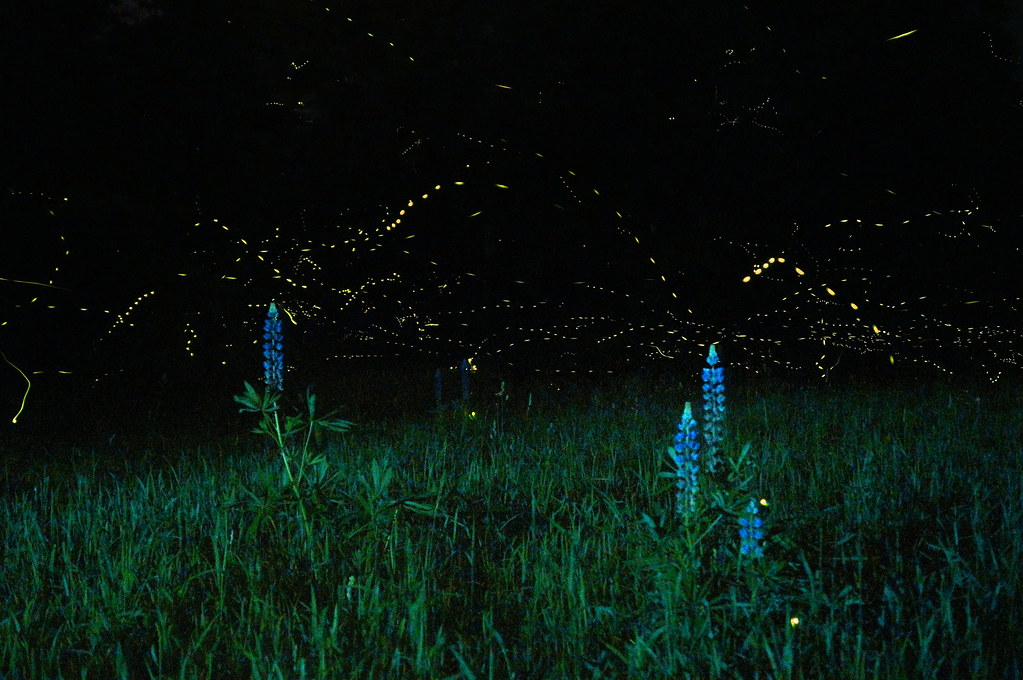 The lights of the Bethany Beach Firefly aren’t out yet; more and more people are coming together to protect this species. With new habitats being discovered, potential federal protection on the horizon, and growing local efforts to raise awareness of the species, the Bethany Beach Fireflies will continue to survive and their population can be restored. Next summer, I hope to once again witness the emergence of fireflies in all their colors, including a brilliant bright green.
The lights of the Bethany Beach Firefly aren’t out yet; more and more people are coming together to protect this species. With new habitats being discovered, potential federal protection on the horizon, and growing local efforts to raise awareness of the species, the Bethany Beach Fireflies will continue to survive and their population can be restored. Next summer, I hope to once again witness the emergence of fireflies in all their colors, including a brilliant bright green.
Learn more in this great interview with Candace Fallon, the conservation biologist from Xerces Society.